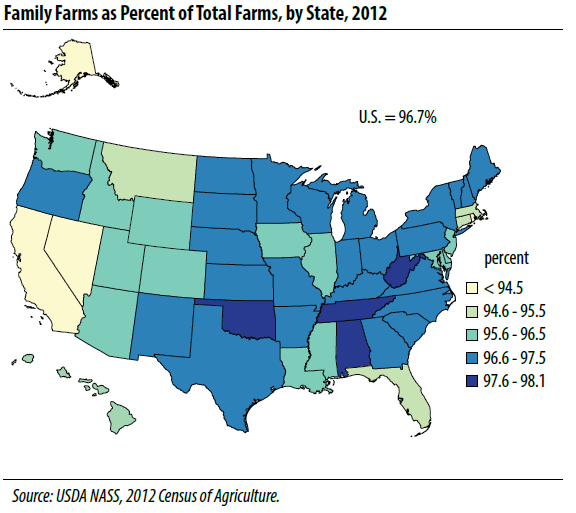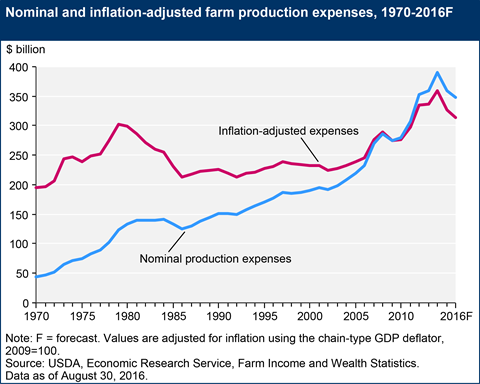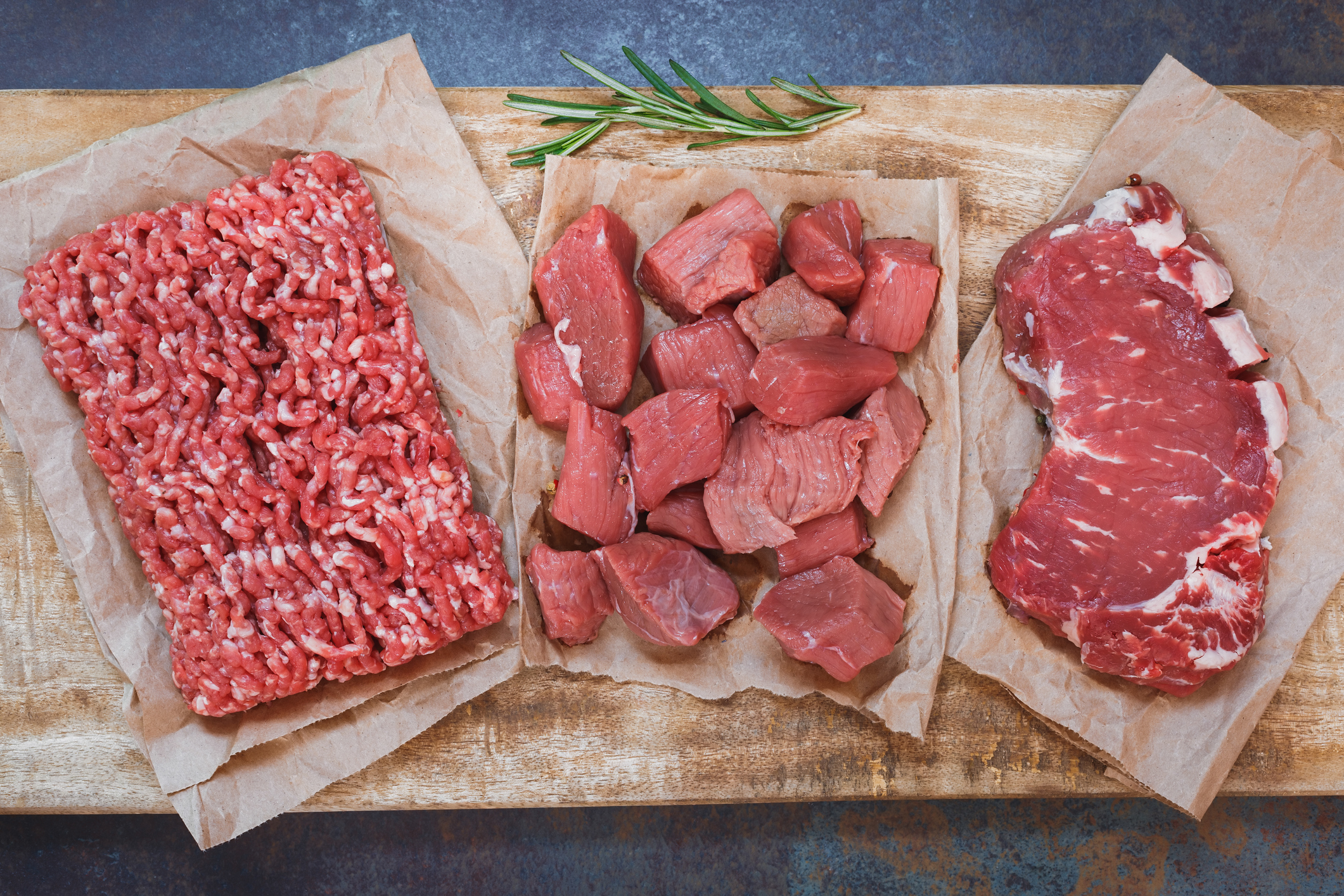In the anti-farming campaign pushed by environmental groups, the trend has been to generalize Washington agriculture as monolithic factory farms. Environmental groups believe they are defending small family farms and the environment against corporate farming invaders.
This generalization is false. When defining Washington agriculture, family farms not factory farms make up the vast majority of the industry.
The United States Department of Agriculture’s (USDA) 2012 Census for Agriculture (Census) found that family farming is still the backbone of American agriculture. Nationally, family farms represent 97% of all 2.1 million farming operations and in Washington that number is over 95% . The 3% that is non-family farming contributes only 16% to our nation’s agricultural production.

Additionally, most of those family farms are small. More than 90% of all farms are classified as small farms with gross cash farm income less than $350,000. Despite representing 90% of farms, small family farms only contribute 26% to total agricultural production. On the other hand, midsize and large scale farms, many of which are owned by families, make up 8% of the farming operations but account for 60% of the agricultural output.
Farming follows the trend as in other key industries where scale improves efficiency. Family farms that grow to mid and large size are more likely to be financially sound, provide sufficient income to meet a family’s needs without the need for off-farm income, and survive to the next generation. USDA Economic Research Service (ERS) concluded that “small family farms are more likely to have profitability measures that fall in the critical zone, indicating potential financial problems.”
Both market and regulatory changes have lent a hand in favoring mid and large scale farms over small family farms. Though the number of small family farms is large, the economic risk is a challenge for many of these operations. The cost of farming has increased rapidly over the past few decades including land, equipment, new technology, infrastructure, labor, water, energy, seed, and crop inputs. The increased costs can be absorbed more easily by mid to large size operations.

Regulation also favors large farms. With more acreage and production, large farms can spread fixed overhead costs over a larger budget. Additionally, they are more likely to have larger profit margins allowing them to absorb compliance costs and hire personnel who can navigate complex regulations.
The new Produce (Food Safety Modernization Act 2015) Rule from the Food and Drug Administration (FDA) will have a disproportionate cost on very small and small farms which will have compliance costs of 6% and 4% respectively of their average annual gross sales. Large farms will only have 1% of their average annual gross sales. FDA stated in their impact analysis they suspect small farm operators will seek off-farm jobs to pay for the additional regulatory costs.
There is a growing trend in using improper terminology to define Washington agriculture. Non-agriculture and anti-farming campaigns seek to generalize and misdirect the conversation, either because they are not farmers and don’t understand the impact of their proposals or because such language is politically useful if disingenuous.
Sometimes they can get away with this because their target audience is far removed from agriculture. The misleading language is believed by those with no agriculture background. Misdirection regarding agriculture encourages excessive and costly regulation that hurt small family farmers while, ironically, favoring large corporate “factory” farms – exactly the opposite of what the anti-farming campaign claims as its goal.




